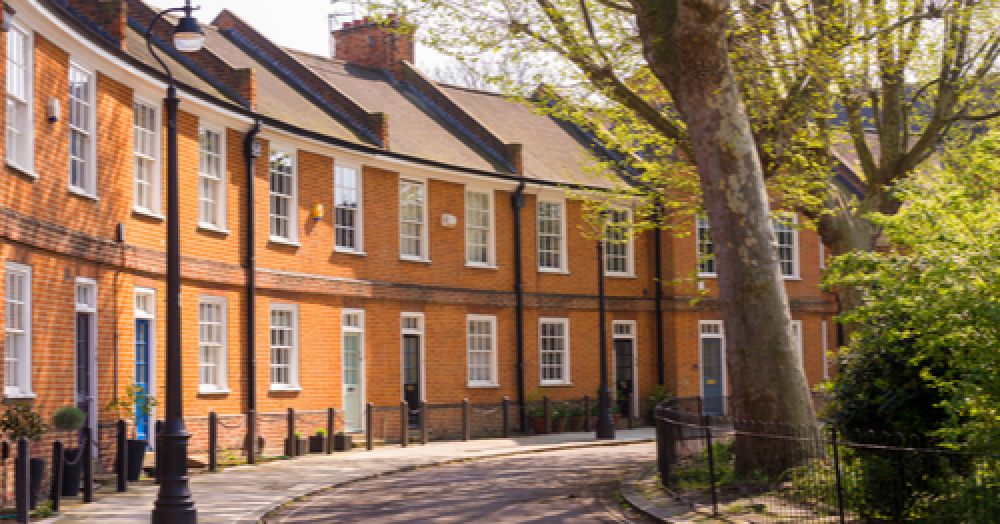

Get in touch with us
Property has long been one of the UK's most trusted investment options, offering the potential for steady rental income, long-term capital growth, and the reassurance of owning a tangible asset. But for anyone taking their first step into property investment, it can be tricky to know where to start. Read this article for your first steps.
Buying a property is arguably the most significant investment you will ever make, so you should check it thoroughly before parting with your hard-earned cash. But viewing with an open mind and a keen eye could prevent expensive discoveries further down the line. Read this quick guide to identifying potential issues before making an offer.
Moving into your first home is exciting—but it can also feel overwhelming. From saving for a deposit to navigating viewings and legal paperwork, there's a lot to think about. Our simple, step-by-step guide makes the process easy (and even a little fun!). Click through to discover how to turn your first home dream into a reality.
There are many stages in the house-buying process, but when a survey can cost you hundreds of pounds, when should you book it? Read this quick guide to ensure a smooth sale transaction.